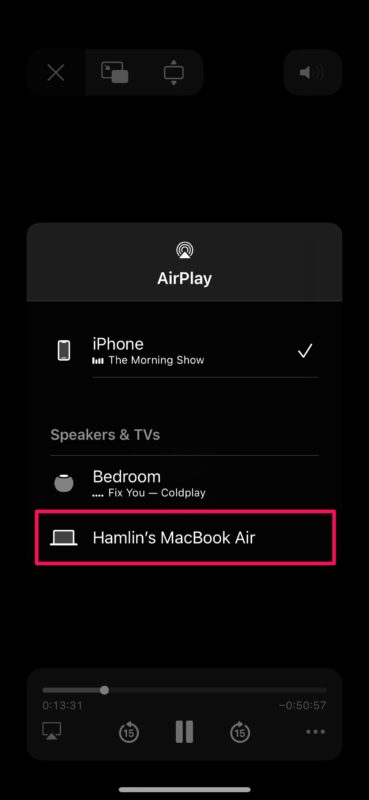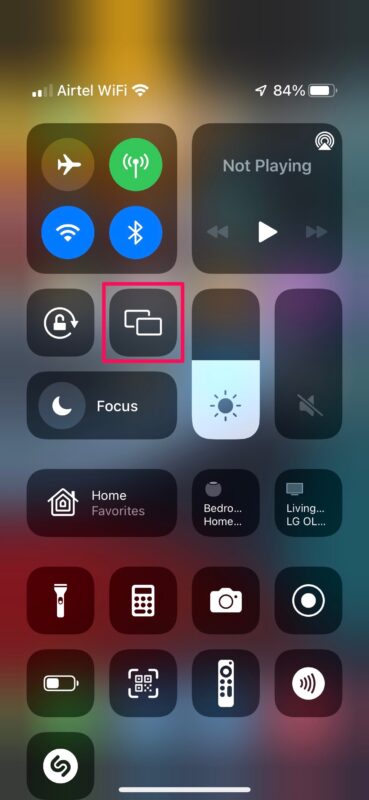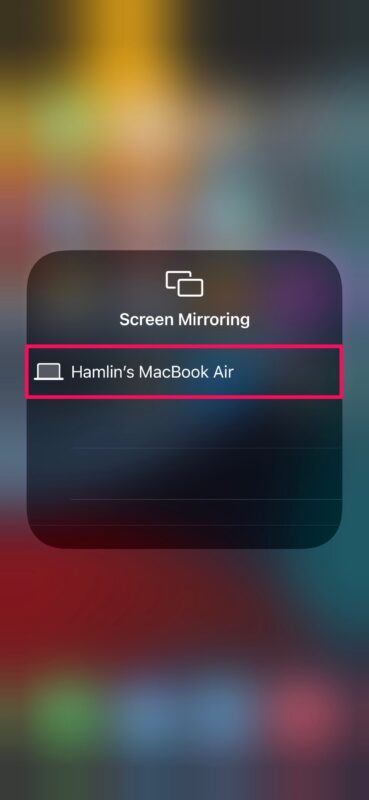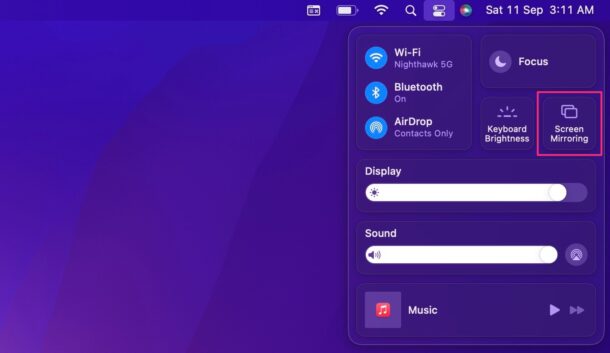How to AirPlay to a Mac (from iPhone, iPad, Mac)
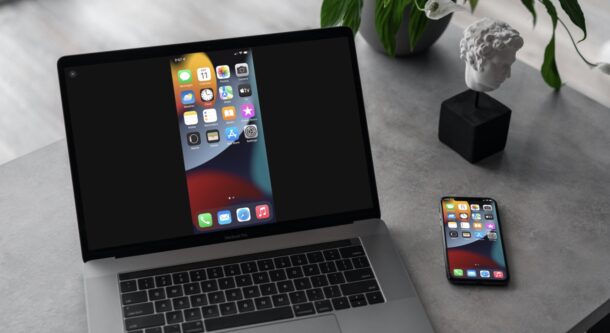
One of the most interesting features added to macOS Monterey is the ability to AirPlay to your Mac using an iPhone, iPad, or even another Mac.
If you’re familiar with Apple devices, you probably know what AirPlay is already. In fact, this feature has been a staple in iOS and macOS devices for over a decade. So far, you could AirPlay content from your iPhone, iPad, or Mac to AirPlay-compatible devices like the Apple TV, HomePod, speaker systems, and select smart TVs. However, with macOS Monterey, your Mac can be an AirPlay receiver too.
You can now stream content stored on your iPhone or iPad to your Mac or even use it as an AirPlay 2 speaker, so let’s take a look at using AirPlay to your Mac from your iPhone, iPad, or another Mac. We’ll cover AirPlaying videos, as well as screen mirroring.
How to AirPlay Videos to a Mac
Let’s start with streaming video content over AirPlay. First, you need to make sure your Mac is running macOS Monterey or later. Here’s what you need to do once you’re done:
- You need to access the stock video player on your iPhone, iPad, or Mac. You can use the Apple TV app or even use Safari’s built-in player. So, find the video you want to stream and start playing it. Now, tap on the “AirPlay” icon as shown below.

- You’ll now get a pop-up with a list of AirPlay-compatible devices nearby. You’ll find your Mac here. If it doesn’t show up, make sure it’s unlocked. Select your Mac as the AirPlay device to stream playback on it.

This feature works across all the apps that support AirPlay. As long as you can find the AirPlay icon, you’ll be able to stream content to your Mac.
How to Mirror Screen to a Mac Using AirPlay
Using AirPlay to stream video content is one thing. But what if you want to mirror your iPhone or iPad’s screen instead? Or mirror another Mac’s desktop on your screen? Well, you can do that too now. Follow these simple instructions:
- First, you need to head over to the Control Center on your iPhone or iPad by swiping down from the upper-right corner of your screen. Next, tap on the screen mirroring toggle, as shown in the screenshot below.

- Now, you’ll see the available AirPlay receivers nearby. Choose your Mac to start mirroring the screen on your Mac.

- If you’re trying to mirror another Mac’s screen to your Mac, you can similarly head over to the Control Center from the macOS menu bar and click on the Screen Mirroring toggle.

AirPlay makes it really easy to mirror your device’s screen to a Mac over Wi-Fi. However, if you’re concerned about latency, you can take advantage of wired AirPlay too, with the help of a USB connection.
Is your Mac running macOS Monterey not showing up under the list of AirPlay-enabled devices? In that case, your Mac isn’t supported most likely. Not all Macs that support macOS Monterey can function as an AirPlay receiver. Apple limits this functionality to the MacBook Pro (2018 and later), MacBook Air (2018 and later), iMac (2019 and later), iMac Pro (2017), Mac mini (2020 and later), and the Mac Pro (2019).
This is just one of the many features that macOS Monterey brings to the table. Apple has also redesigned Safari with Tab Groups, a new streamlined tab bar, and more. Focus is yet another feature that improves upon the existing Do Not Disturb mode and helps you filter out notifications from contacts and apps depending on your activity. You also get all the changes Apple made to FaceTime with the iOS 15 update, such as Spatial audio support, voice isolation mode, and the ability to create FaceTime web links to invite Windows and Android users.
We hope you were able to use your Mac as an AirPlay receiver without running into any issues. What’s your favorite macOS Monterey feature so far? Have you checked out iOS 15 on your iPhone too? Share your experiences with us and leave your valuable feedback in the comments section down below.


